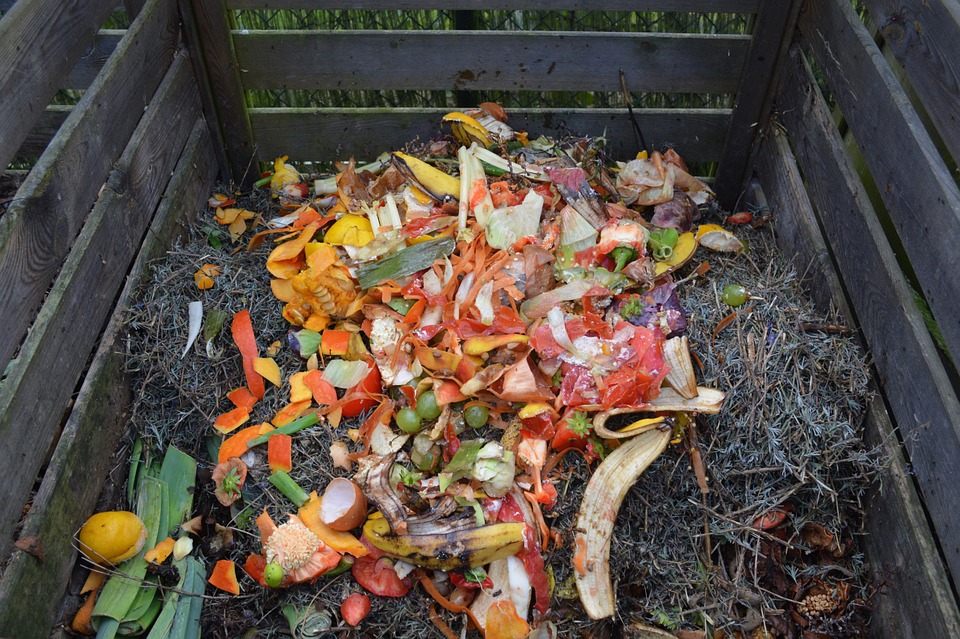
There has been a research goal over the last 20 years or so to produce PHB as a replacement for oil-based plastic. Despite the enormous progress and fine work been done by many research groups around the globe, the prospect of using bacteria to produce PHB at levels capable of replacing oil-based plastic remains out of reach. Why? It is simply too expensive. Oil-based plastic is around 10-times cheaper than PHB. So, is the dream unrealistic?
In the last several years, some people have turned to using waste as a source for PHB. Many kinds of wastes have been considered, such as sewage, agricultural wastes and even food wastes such as old cooking oil and restaurant scraps. The big advantage of using waste is that it lowers the cost of production. But this causes all sorts of problems. Firstly, below is a basic outline of the conventional waste-to-PHB approach. Below this is what I refer to as an alternative approach.
Conventional approach:
- Select a naturally high PHB-producing bacterium.
- Select the source of food for the bacterium, e.g., food waste, to lower cost of production.
- Sterilize the food waste through heat.
- Add the bacterium to the food waste in secured fermentation conditions (in case the organism has been genetically modified, it is necessary to prevent the escape of the modified organism to the environment)
- Optimize the growth conditions to increase production.
- If production is too poor (which is frequently the case), modify the organism to increase production.
Alternative approach:

- Select a source of food for the bacterium, e.g., apple waste.
- Identify the bacteria and other microorganisms that are already naturally thriving on rotten apples.
- Modify the organisms to become high PHB-producers.
- Return the modified organisms to the sterile apple waste in secured fermentation conditions.
- Optimize growth conditions to increase PHB production.
While it is not more complicated than the conventional approach, the alternative approach has not been tried for the simple reason is that until now, there has been no reliable way to genetically modify non-model or uncharacterized (newly isolated) bacteria. However, if this barrier could be overcome, the alternative approach offers some tremendous advantages.
The microbes have already adapted to using the waste as a food. This means that nearly all of the optimization has already been done through the natural process of selection. The organisms that are the best at decomposing apples, for example, now become the model organisms.
Contaminations of the waste substrate becomes much less of a problem. Which microbes could out-compete the natural masters of decomposing apples?
Optimizing growth conditions also becomes easier. Simply use the natural conditions for apples rotting in the garden as the model.
I am testing the alternative approach with my method for modifying genes and controlling gene expression for non-model organisms.
